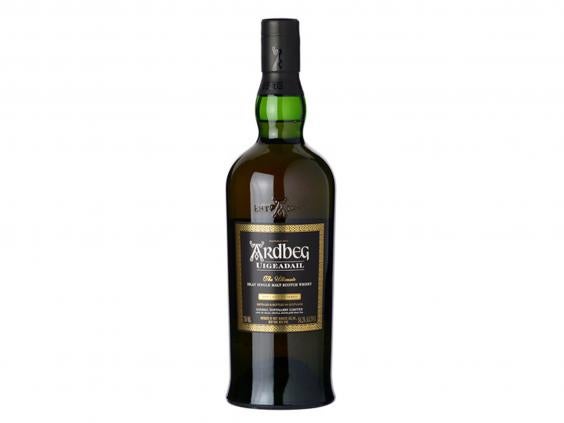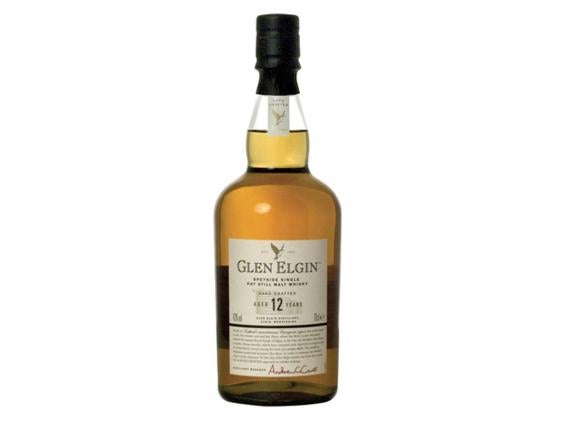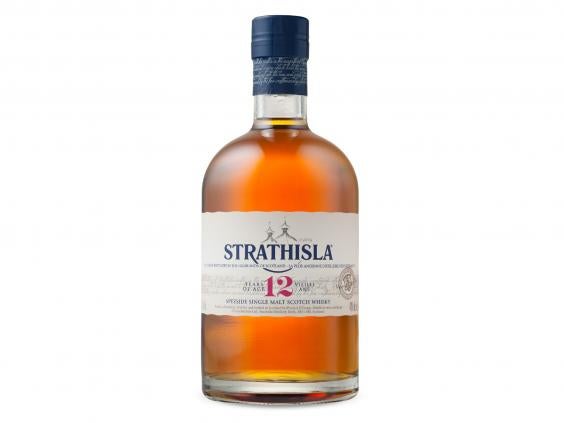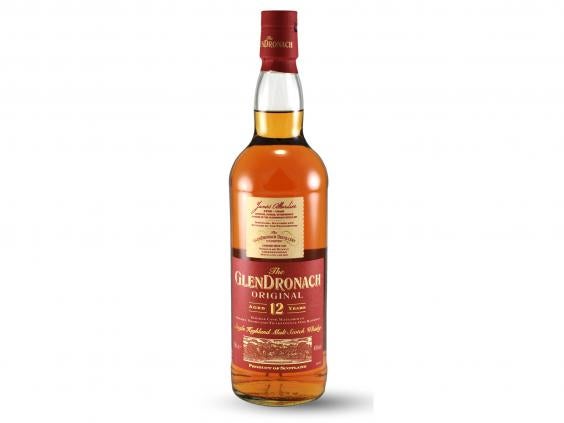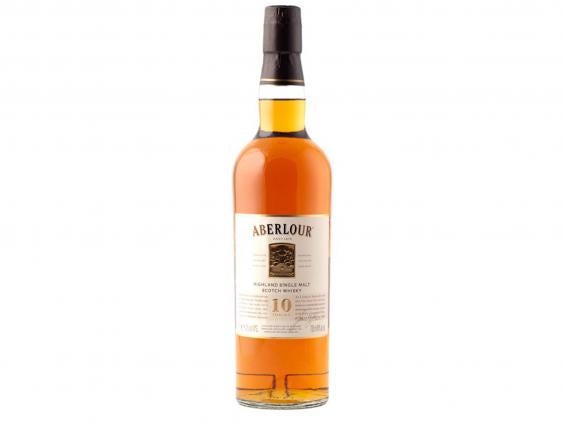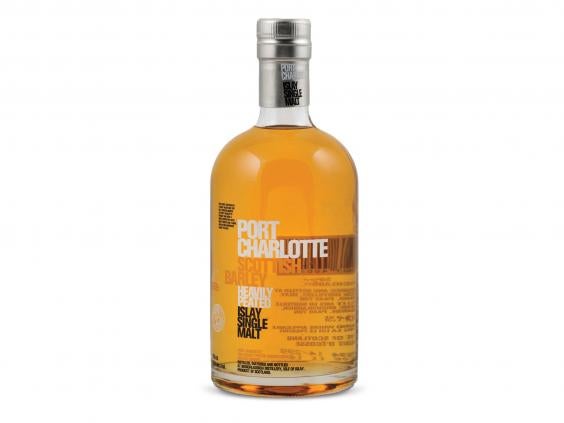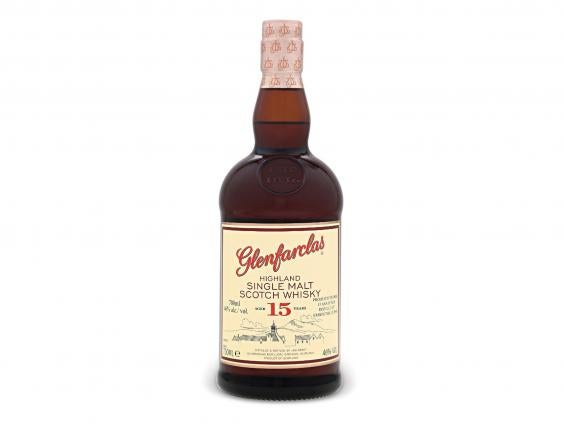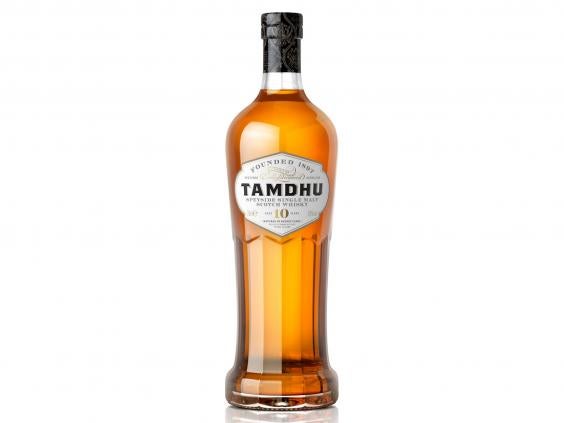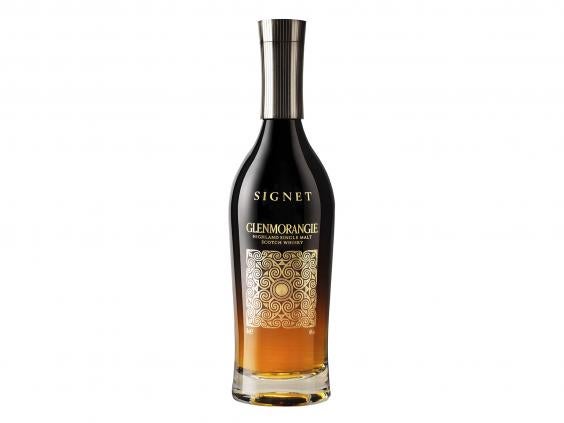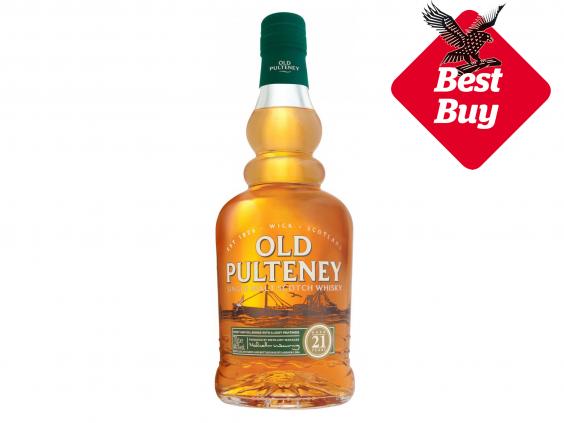A collection of interesting information about Asian lions, about their characteristics, behavior, habitat, and diet.
The Asian Lion (Panthera leo persica) is a subspecies of the lion which survives today only in India and therefore it is also known as the Indian lion. Asian Lions once ranged from the Mediterranean to India, covering most of Southwest Asia where it was also known as the Persian Lion.
Asian lion population
The current wild population of Asian Lion consists of about 350 individuals restricted to the Gir Forest in the state of Gujarat, India, and is under the private protection of the ruler of the small state. The Asian lion habitats include tropical dry forests, tropical grasslands, deserts and semi-deserts.
Asian Lion Characteristics
Compared to their African cousins, Asian lions have shaggier coats, with a longer tassel on the end of the tail and longer tufts of hair on the elbows. The most noticeable physical characteristic found in all Asian lions, but rarely in African lions, is a longitudinal fold of skin running along their belly.
The mane of the Asian lion is generally shorter than that of the African lion, so the ears are always visible. Asian lions are, in general, slightly smaller than African lions.
Like all cats Asian lions are equipped with powerful retractable claws and long sharp canine teeth that are used in dragging their prey to the ground.
Asian Lion Behaviour
Like their African cousins, Asian lions are highly sociable animals living in social units called prides. The Asian lion pride is smaller. Studies have shown that most Gir prides contain just two adult females as compared to the average African pride which contains 4 to 6 adult females.
Like African lions, hunting is a cooperative affair but adult males rarely participate. If vegetation is sparse, hunting usually takes place at night, but where it is thick, it may also take place during the day. The lions use stealth to approach their prey and then charge and either grab or knock it down before it outruns them. Only one in about four charges ends successfully.
Asian Lion Diet
Like all wild cats, the Asian lion is a carnivore. The typical diet of the Asian lion is deer, antelope, wild boar and buffalo.

